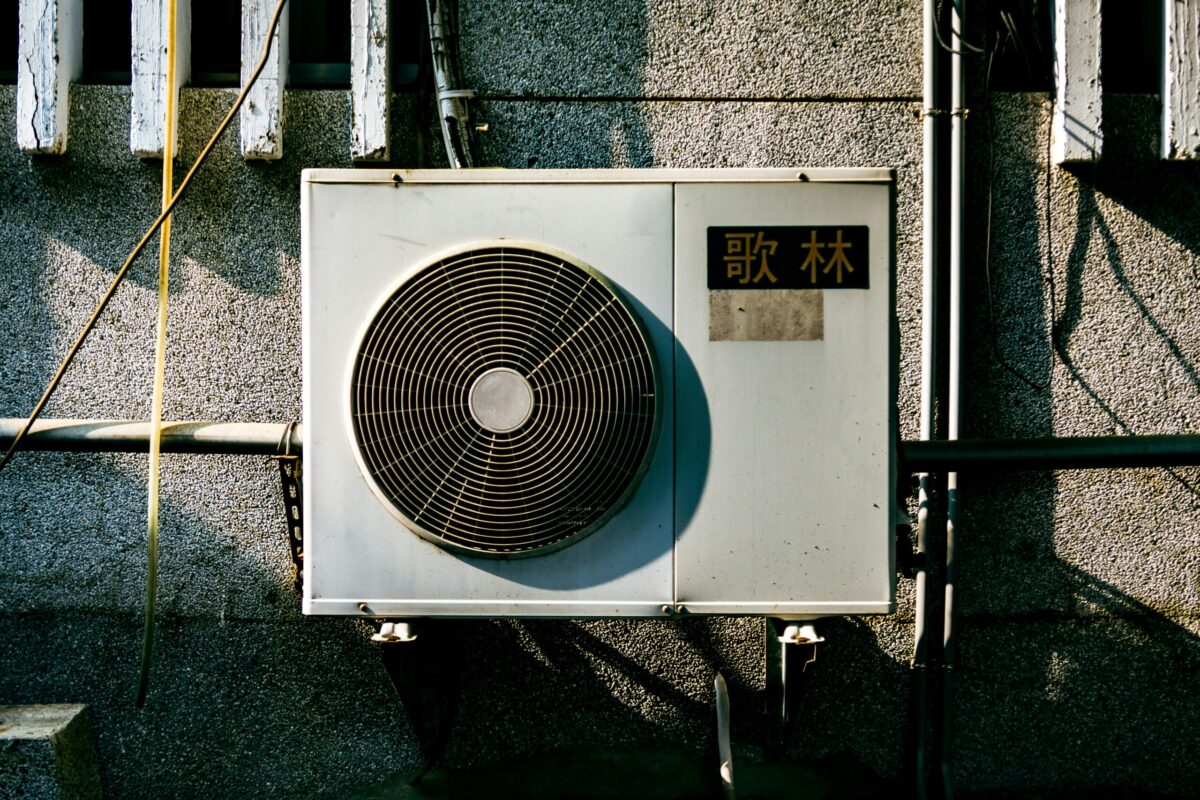CATL announced a new fast-charging lithium iron phosphate (LFP) electric vehicle battery that it claims is capable of driving 400 km on a 10-minute charge.
The Chinese battery manufacturer said the Shenxing battery enables a 700 km driving range on a full charge. The performance level is a first for a battery with an output four times the rated ampere-hour rating of its maximum current (4C), according to the company.
Safety features include an upgraded electrolyte, a separator with a safety coating, and temperature-regulating algorithms.
At room temperature, the battery is said to charge to 80% state of charge in 10 minutes. In colder weather, when temperatures are as low as -10 C, its temperature control technology rapidly heats cells to the optimal operating range, enabling a 0 to 80% charge within 30 minutes.
The company also said the battery technology enables quick extraction of lithium ions and rapid response to charging signals, including a graphite innovation that improved the lithium-ion intercalation rate by modifying graphite surface properties to increase intercalation channels, shorten intercalation distances, and reduce resistance.
Furthermore, its electrolyte formula purportedly reduces the viscosity of the electrolyte to improve conductivity, and a thinner solid electrolyte interphase (SEI) film also reduces the lithium-ion movement resistance .
“The upgraded electrolyte and the separator with a highly safe coating are used to provide a dual protection of the Shenxing battery,” the manufacturer said in a statement. “By regulating the global temperature field inside the cells using intelligent algorithms, CATL has built a real-time fault testing system that can solve the problems brought about by fast refueling, enabling a high level of safety for the Shenxing battery.”
In April, CATL unveiled a new ultra-high energy battery technology initially slated for aviation, and with an automotive cell under development. The so-called “condensed matter” battery, a type of semi-solid state product with condensed electrolyte and new anode and separator materials, will have an energy density of up to 500 Wh/kg
pv magazine print edition
In 2021, CATL rolled out its first generation sodium-ion battery with an energy density of 160 Wh/kg and promised an increase to 200 Wh/kg for the next generation.
In 2022, CATL unveiled Qilin battery, the third generation of its cell-to-pack technology, claiming the highest integration level to date. With a record-breaking volume utilization efficiency of 72% and an energy density of up to 255 Wh/kg, Qilin is reportedly capable of delivering a range of over 1,000 km and equating to a five-minute hot start and ten minutes of charging to get from 10-80% state of charge.
The Chinese battery manufacturer produced 37% of the world’s electric-vehicle batteries and 43.4% of energy storage batteries in 2022 for a grand total of 289 GWh.
This content is protected by copyright and may not be reused. If you want to cooperate with us and would like to reuse some of our content, please contact: editors@pv-magazine.com.



1 comment
By submitting this form you agree to pv magazine using your data for the purposes of publishing your comment.
Your personal data will only be disclosed or otherwise transmitted to third parties for the purposes of spam filtering or if this is necessary for technical maintenance of the website. Any other transfer to third parties will not take place unless this is justified on the basis of applicable data protection regulations or if pv magazine is legally obliged to do so.
You may revoke this consent at any time with effect for the future, in which case your personal data will be deleted immediately. Otherwise, your data will be deleted if pv magazine has processed your request or the purpose of data storage is fulfilled.
Further information on data privacy can be found in our Data Protection Policy.